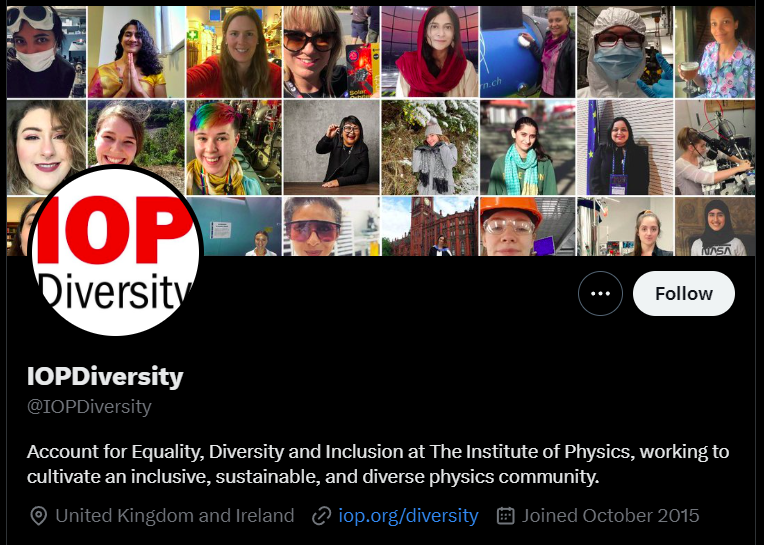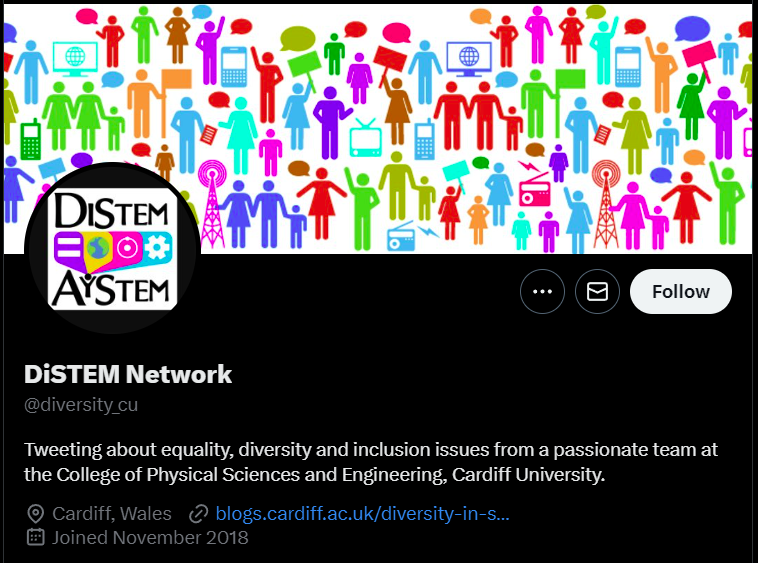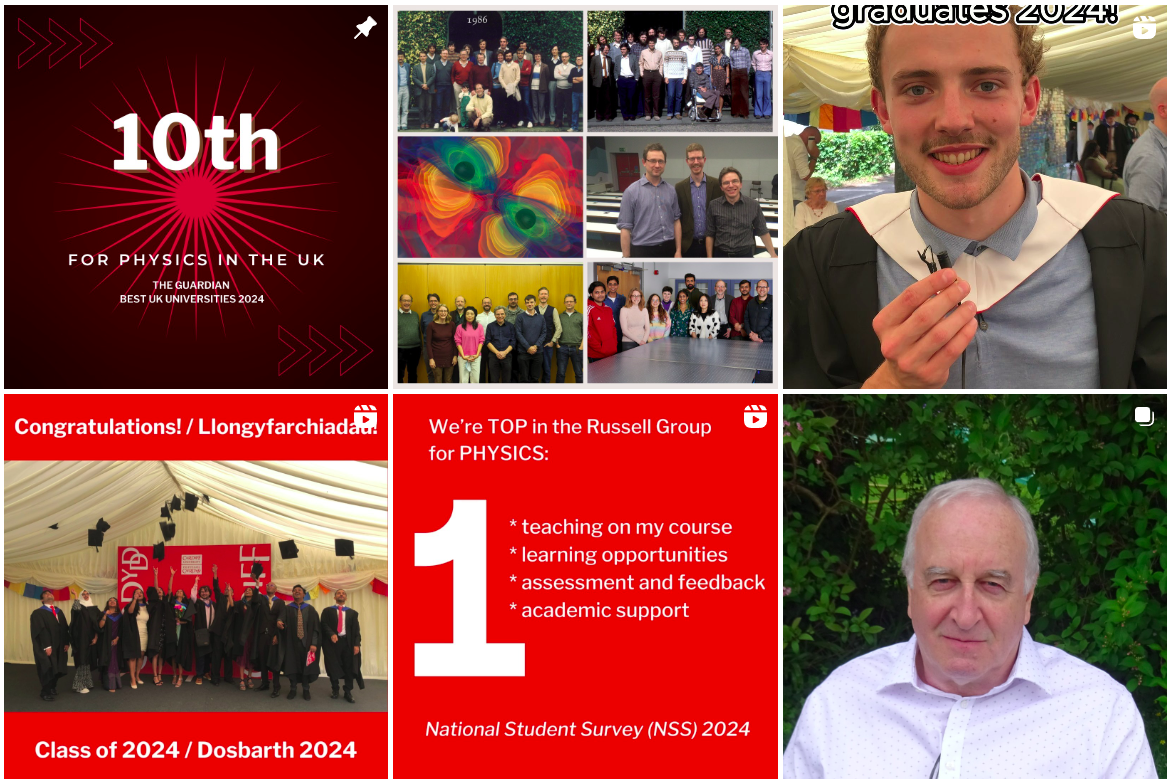Understanding Autism
9 February 2019By Sarah Barrett
These days, almost everyone has heard of autism spectrum disorder (ASD). As a PhD student at the Wales Autism Research Centre, Cardiff University, my research is centred on this lifelong neurodevelopmental disorder. On a personal level, I have two siblings on the spectrum, which has definitely directed my priorities in terms of research. ASD is a disorder that has largely been stigmatised, and there is little research that focuses on the strengths of autistic people as well as the difficulties.

First, a quick explanation of ASD: it is a neurodevelopmental disorder that affects how a person perceives and interacts with the world. To be diagnosed with ASD a person must show the following characteristics: difficulties with social interaction and communication along with high rates of restricted and repetitive behaviours (such as routines). As autism is a spectrum, there is a wide range of characteristics that fall into these categories, not everyone with a diagnosis will share all of the same traits and not everyone will be affected by these characteristics in the same way. ASD also includes Asperger’s Syndrome, although this diagnosis was controversially removed from the DSM-5 (the latest version of the American Psychiatric Association’s diagnostic manual). Although autism is not a mental illness, many autistic individuals develop mental illnesses such as depression and anxiety.
In spite of the global awareness, there are many myths surrounding ASD and Asperger’s Syndrome. For example, some people think that only children can be autistic and they will one day ‘grow out of it’. This is not the case, and in fact many people are now being diagnosed with autism as adults. One of the most persistent myths comes from the popular film Rain Man. In this film, Dustin Hoffman portrays an adult autistic man who possesses an extraordinary ability to make mental calculations, such as being able instantly count the number of toothpicks dropped on the floor. This led many people to expect all autistic people to be able to count cards or have some other special skill – which can be frustrating!

Another misconception is that autistic people cannot be very imaginative or creative. Both researchers and clinicians thought this was the case for many years and some have suggested that the routines present in autism are because of a difficulty with imagination. However, now we know that there is not a universal difficulty with imagination in autism. To start with, many autistic individuals have excelled in imaginative and creative fields such as art, poetry, and music. Many more simply enjoy creative pursuits as one of their hobbies.
In addition, there are some limitations within the research. Often imagination is measured by the amount of ideas a person can come up with in response to a task. For example, a popular measure of creativity is to give someone an everyday object such as a brick or cardboard box and ask them to think of new and unusual uses for the object. However, in creativity research, it is thought that the originality of an idea is more important than the amount of ideas. One study from 2011 found that autistic people came up with fewer responses to a creativity task, but their ideas were more original than control participants’ answers.
As part of my PhD research, my aim is to understand more about imagination in autism. I am carrying out a range of imagination and creativity tasks with autistic adults. As well as the type of task I described above, I am including two drawing tasks, where participants are given a series of meaningless line drawings and asked to complete them in as many different ways as possible. I’m also including a “thinking about the future” task, which is important as some autistic adults report a difficulty with thinking about and planning for the future. I am looking at what aspects of each task autistic participants find easy or difficult, and I will be scoring imagination in a variety of ways, including originality. I will also be looking at whether or not the level of repetitive behaviours is related to imagination. As part of this, we have developed and published a self-report measure of repetitive behaviours suitable for use with autistic adults called the RBQ-2A.
Eventually I hope that this research will lead to better ways of supporting creativity and imagination in autistic people.
If you are interested in learning more about the research being conducted at the Wales Autism Research Centre, please visit our website. For more information and resources related to autism, you may want to visit ASD Info Wales and the National Autistic Society websites.


